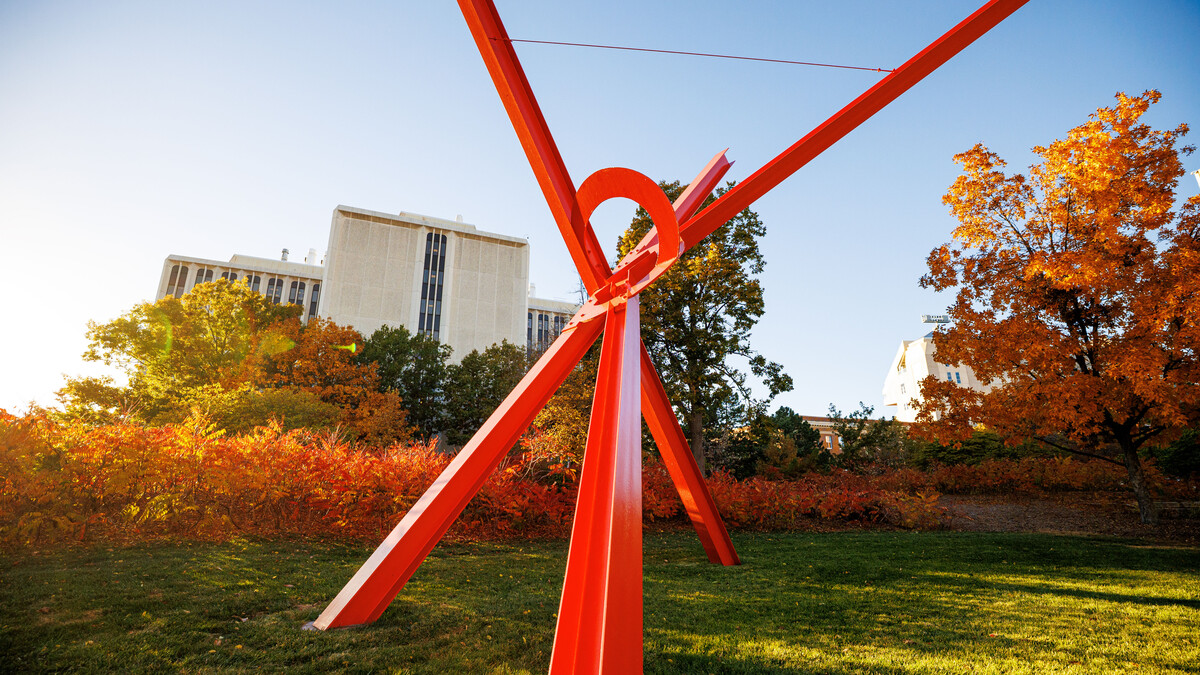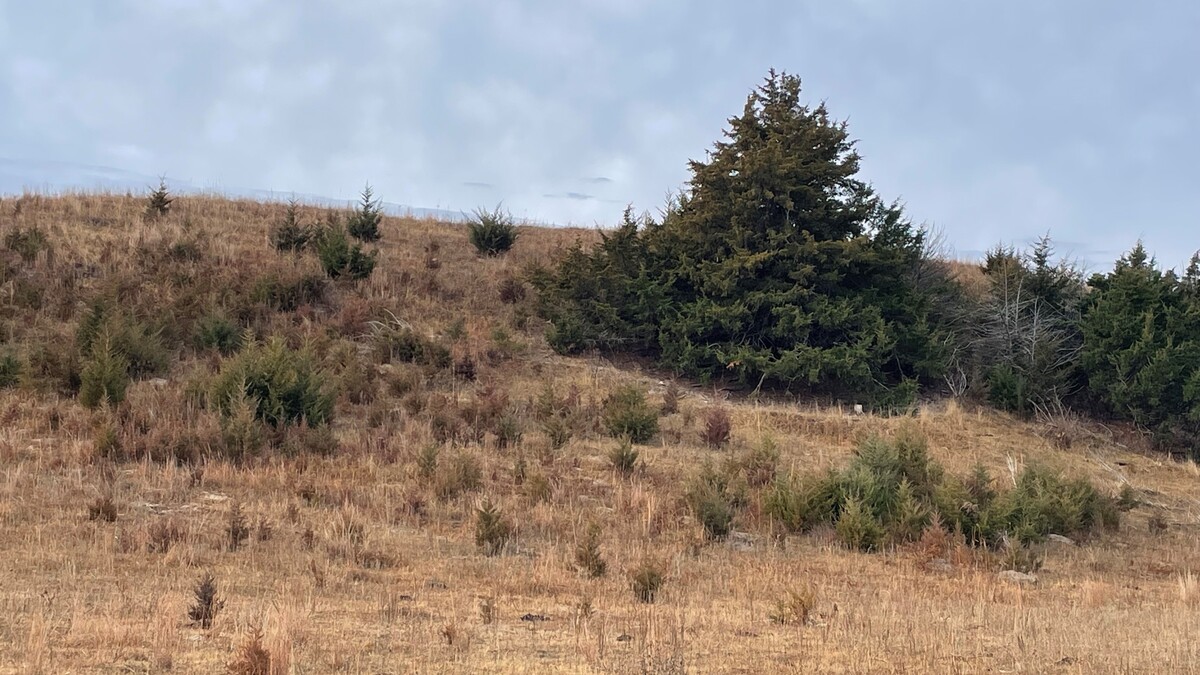The University of Nebraska–Lincoln’s prime location in the Great Plains and Silicon Prairie make it a uniquely perfect place to bridge agricultural and technological research. A new project will not only bridge research efforts between these fields, but it will also help bridge “the digital divide.”
Shuai Nie, assistant professor in the School of Computing, and Yijie Xiong, assistant professor of animal science and biological systems engineering, will collaborate with Xiaoqian (Joy) Wang, an assistant professor at Purdue University, to bring wireless connectivity to Nebraska farmers. With the support of a $300,000 grant from the U.S. Department of Agriculture’s National Institute of Food and Agriculture, the all-women team will combine their diverse expertise to design a hybrid broadband communication system for rural communities and an intelligent animal identification prototype for livestock systems.
Nie explained that while wireless networks have been around for decades, most resources have been allocated to more densely populated urban communities rather than rural areas, creating what’s known as “the digital divide.” Due to this disparity, many rural communities still lack the connectivity necessary to implement technological advancements that could improve farming practices.
“What I wanted to do is help connect the areas that were not connected before,” said Nie, principal investigator on the project. “So we’re creating a hybrid wideband communication network that can cover wherever we want to cover using both millimeter wave terrestrial networks and satellite networks.”
Xiong said that due to the lack of connectivity, many time- and labor-intensive farming tasks must be done manually, even though tools to automate and optimize such tasks exist. Establishing network infrastructures in remote locations often comes with expensive startup costs along with weak signals and dead spots, making many farmers reluctant to invest in new options.
“Without solving this bottleneck, we’re making no progress in applying the newer technology to help the ranchers, and they recognize this issue as well,” Xiong said. “That’s where Shuai comes in.”
Establishing Nie’s novel connectivity protocol would expand 5G coverage at a low cost for farmers, allowing them to much more easily implement new technological solutions and smart livestock management practices. Nie noted that smart technology is especially valuable in the animal sector of agriculture.
“Normally when people talk about agriculture, they refer to crops that are relatively static, but animal agricultural research is more challenging because everybody is moving, and it’s difficult to keep track of them all,” Nie said.
Xiong added that monitoring cattle and identifying each one individually are key components of her research and livestock management in general.
“Think about managing a herd of cattle. If there are only 10, it’s easy to identify that one is having trouble, but when there are 50 or 100, it’s much harder,” Xiong said. “We need an extra pair of eyes, and that’s where machine learning and video and image monitoring come into play.”
The research team will aggregate extensive video and image data that will be transmitted through the new communication network in real-time, allowing the team to develop machine learning algorithms based on behavioral patterns and physical characteristics. Specifically, they’ll analyze muzzles, nose prints, head swirls, body shapes, and movement styles—all of which are unique to each individual cattle, just as fingerprints and mannerisms are to humans. By collecting and combining the data based on all these traits, researchers and farmers can achieve high-accuracy identification.
“To us, they may all look the same, but if we have a good amount of quality data, we and the machines can learn from it, and we can use those existing features to identify the animals or maybe even discover some new features,” Xiong said.
Xiong also explained that transferring that collected data quickly is vital for farmers to be able to use it effectively for livestock management. In order to ensure this, the network must not only have broad and stable coverage, but it must also be equipped to handle heavy data activity. Nie said the 5G millimeter wave communication system can provide that required wide bandwidth.
“The bandwidth you can imagine as a highway versus a local driveway. If we have multiple lanes to allow cars to move, we have much higher traffic compared to the driveway,” Nie said. “This can allow us to transmit a large amount of data without losing the important information.”
Nie said while the project aims to bring connectivity to rural areas without it, she also envisions this new type of network infrastructure eventually expanding and improving existing connectivity in other communities.
“Ultimately we want an integrated terrestrial, aerial, and space communication network that can have all seamless coverage and high throughput communication,” Nie said. “I want to design a network to allocate resources intelligently so we can design a very comprehensive communication network for farmers, and not just farmers, but also users from the urban areas too.”
Nie and Xiong are especially appreciative of the support they’ve received from USDA NIFA as well as the university’s Tisha Gilreath Mullen from the Office of Research and Economic Development and the Office of Sponsored Programs. Xiong said that support for this project is not only helping farmers connect to broadband networks, but it’s also helping computer scientists and animal scientists connect with each other and share expertise to solve real-world problems within their respective research fields.
“Often I see a lot of animal scientists who don’t understand computer science try to stretch their limits, while some programmers don’t understand the real bottlenecks in animal science, and they try to solve all the problems,” Xiong said. “I think we have some really down-to-earth, practical, and bright female scientists who are trying to do something amazing for Nebraskans. I’m really looking forward to seeing the fruition of our research.”







